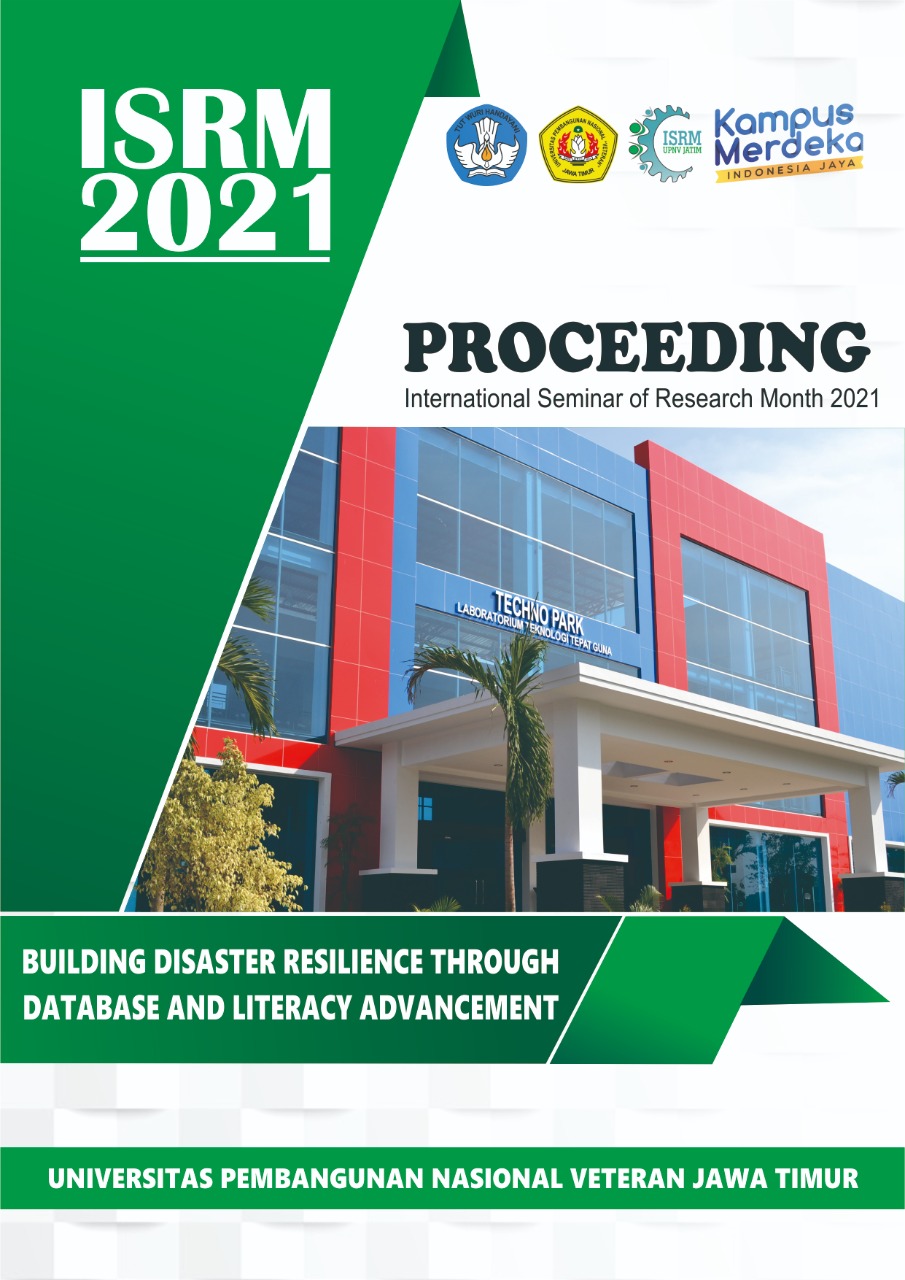Ambient Media on The Behavior of the 5M Movement Disciplined in Eco-tourism Wonorejo Mangrove Surabaya
DOI:
https://doi.org/10.11594/nstp.2022.2406Keywords:
Ambient media, eco-tourism, health protocol, disciplineAbstract
The COVID-19 pandemic in Indonesia has not yet ended. In fact, the situation is getting worse with many people being exposed, millions of people are confirmed positive for COVID-19 and it continues to grow every day, both from medical personnel, state civil apparatus and other public services. As an effort to prevent the spread and exposure of COVID-19, the Government of Indonesia has issued policies to stop the rate of increase in Covid-19 cases, one of which is the policy of making a health protocol for the 5M movement (Washing hand, Wearing Mask, physical distancing, Avoiding crowds and Reducing mobility). However, there are still many people who do not comply with the health protocol. This can be found in tourist sites, such as the Wonorejo Mangrove Ecotourism. To assist the government in suppressing the rate of increase in Covid-19 cases, it takes a unique and unusual media in conveying the importance of disciplined behavior in implementing 5M, one of which is through ambient media design. Ambient media is considered an effective medium to convey the message of the importance of disciplined behavior in implementing 5M and is then expected to contribute positively to the development of similar tourist areas. For this reason, research is carried out on the design of ambient media that is attractive to the public, especially tourist visitors. The results of this study are expected to produce ambient media that can attract the public so that education about the importance of disciplined behavior in implementing 5M can be carried out effectively. The method used is a qualitative research method. The data is obtained in non-numbers, but it could be in text, documents, pictures, photos, artefacts, or other objects found during the research. The research process includes the collection of primary and secondary data. Primary data consists of observation, documentation and semi-structured interviews with tourist visitors, while secondary data uses references and literature. The final result of the research is to produce ambient media that can convey messages to the public about the importance of disciplined behavior in implementing 5M effectively.
Downloads
Downloads
Published
Conference Proceedings Volume
Section
License
Copyright (c) 2022 Aileena Solicitor Costa Rica El Chidtian, Diana Aqidatun Nisa, Riza Septriani Dewi

This work is licensed under a Creative Commons Attribution 4.0 International License.
Authors who publish with this proceedings agree to the following terms:
Authors retain copyright and grant the Nusantara Science and Technology Proceedings right of first publication with the work simultaneously licensed under a Creative Commons Attribution License that allows others to share the work with an acknowledgement of the work's authorship and initial publication in this proceeding.
Authors are able to enter into separate, additional contractual arrangements for the non-exclusive distribution of the proceedings published version of the work (e.g., post it to an institutional repository or publish it in a book), with an acknowledgement of its initial publication in this proceeding.
Authors are permitted and encouraged to post their work online (e.g., in institutional repositories or on their website) prior to and during the submission process, as it can lead to productive exchanges, as well as earlier and greater citation of published work (See the Effect of Open Access).










